My Favourite Painting: Paula Sutton
The author Paula Sutton chooses 'Portrait of Dido Elizabeth Belle' by David Martin.
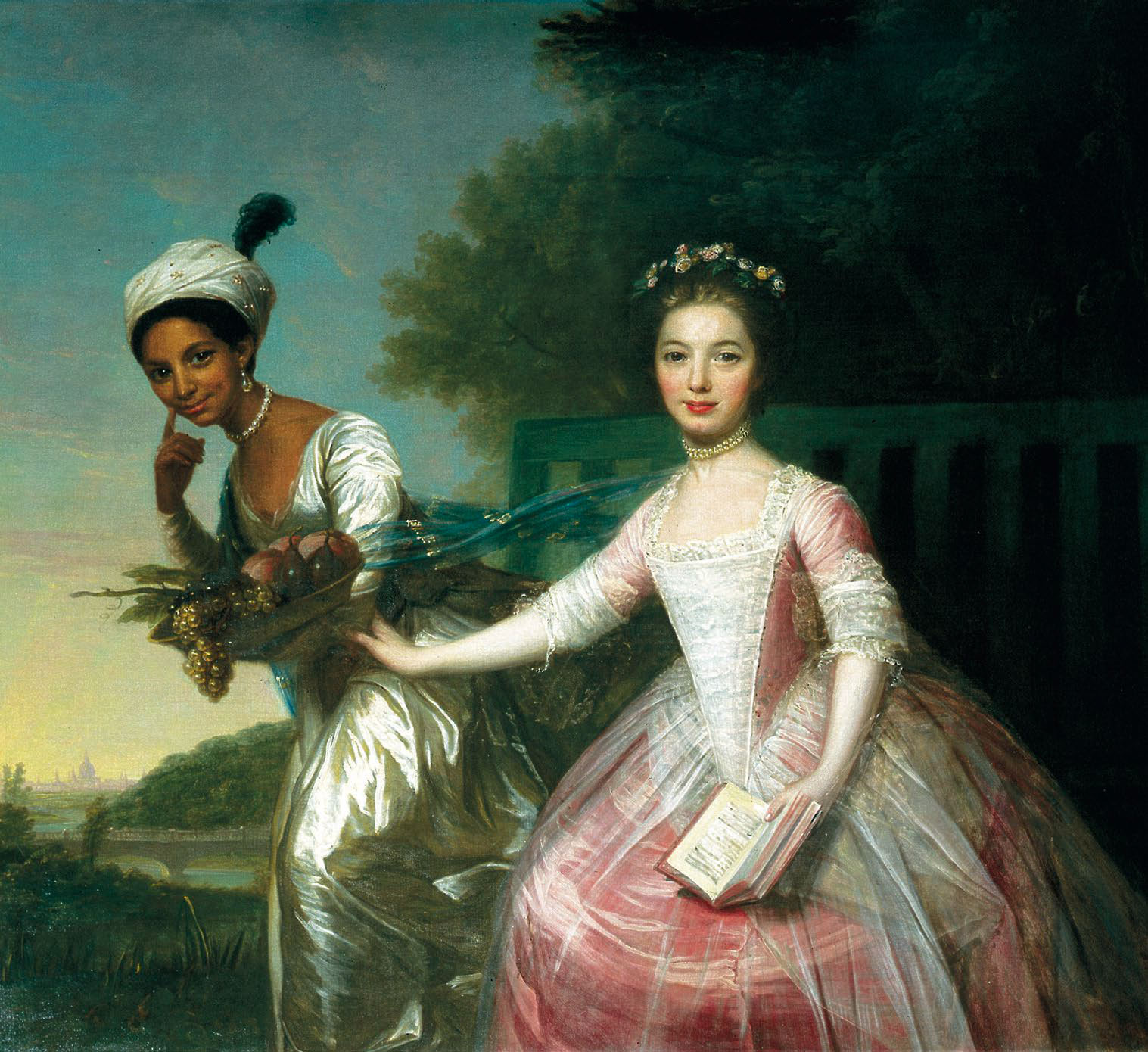

Paula Sutton chooses Portrait of Dido Elizabeth Belle by David Martin
'I’ve always been drawn to figurative painting – particularly from the 17th and 18th centuries. I love the history, the clothing and the real stories behind the contrived poses. I studied History of Art at school and was accustomed to a one-dimensional depiction of black females in Western historical paintings. The uncomfortable reality is that they were often painted as the servant or slave. However, this one of Dido and her cousin Lady Elizabeth is different and thought-provoking.
'An elegant young black woman wears expensive silks and jewellery and carries a basket of expensive tropical fruit. Refreshingly, she is positioned neither beneath, nor subservient to her cousin, which always makes me wonder about the reality of her life and what her position in society must have felt like. As the illegitimate daughter of Sir John Lindsay, brought up by his uncle, Dido was an educated gentlewoman.
'It’s not a fairy tale, of course. She may have become an heiress, but one cannot escape the fact that she was born into slavery.'
Paula Sutton is the founder of popular blog Hill House Vintage and the author of Hill House Living: The Art of Creating a Joyful Life.
Charlotte Mullins comments on Portrait of Dido Elizabeth Belle
This lively double portrait by Scottish artist David Martin captures a moment in the 1770s when two young women lived and played together at Kenwood House in London. They were distant relatives of William, 1st Earl of Mansfield, and Elizabeth Murray, a childless aristocratic couple who raised both girls when their respective mothers died. Both were named Elizabeth, but the girl on the left was nicknamed Dido.
She lived with the Earl and Countess for 31 years. Her father was Rear Admiral Sir John Lindsay, the Earl’s nephew; her mother was Maria Belle, a slave in the British West Indies. Sir John brought six-year-old Dido to England when her mother died. She was baptised in Bloomsbury in 1766, then raised as a lady and equal alongside her second cousin at Kenwood House in London.
In this portrait, Lady Elizabeth wears a child’s apron over her pink floral dress and Dido wears a satin wrapper tied with a blue sash and a turban with an ostrich feather. As Elizabeth looks up from a book, Dido appears to be on the move. She points to her face in a slightly awkward gesture that has previously been interpreted as acknowledging her black skin. Recent research, however, shows this to have been a favourite gesture of the artist’s, one he used in a number of portraits.
He also painted many other women in similar wrappers and turbans. Martin has only recently been identified as the artist behind this spirited painting. Originally, Dido may have been leaning on something, hence the pose, but Martin opened up the view to show the distant London skyline.
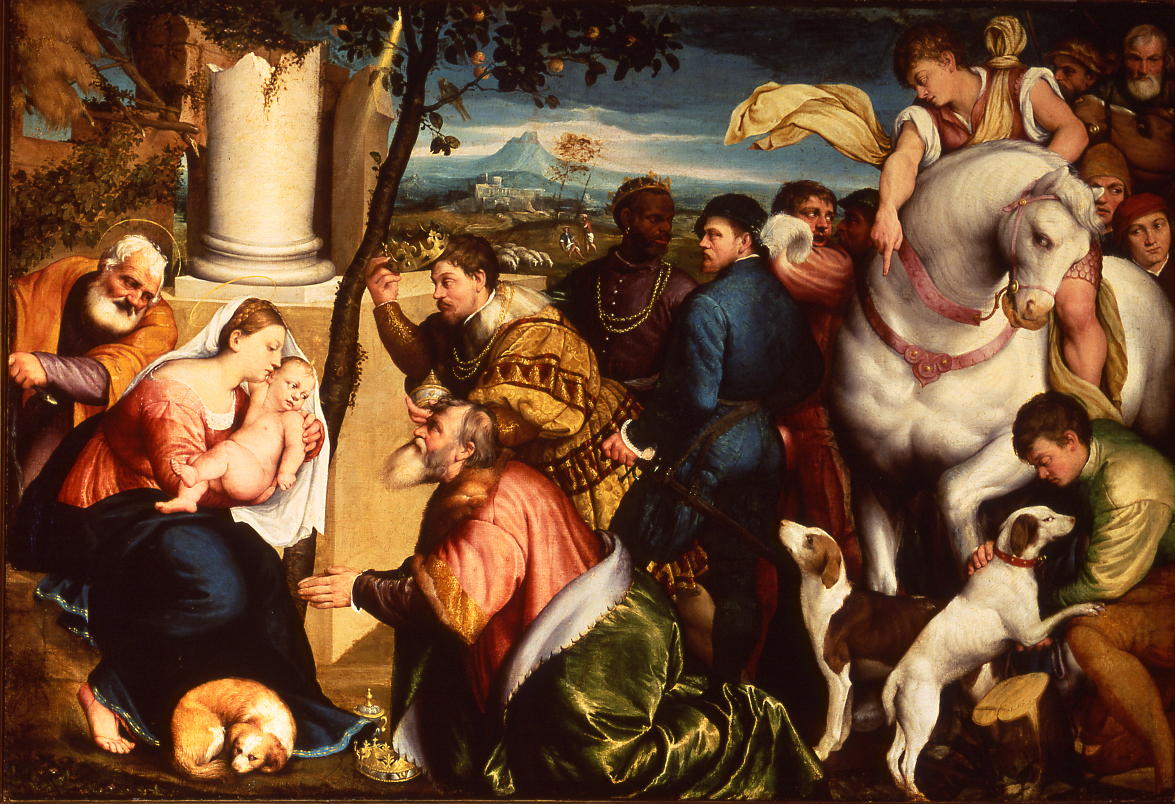
My favourite painting: Orlando Rock
Orlando Rock, chairman of Christie's, chooses The Adoration of the Magi by Jacopo Bassano.
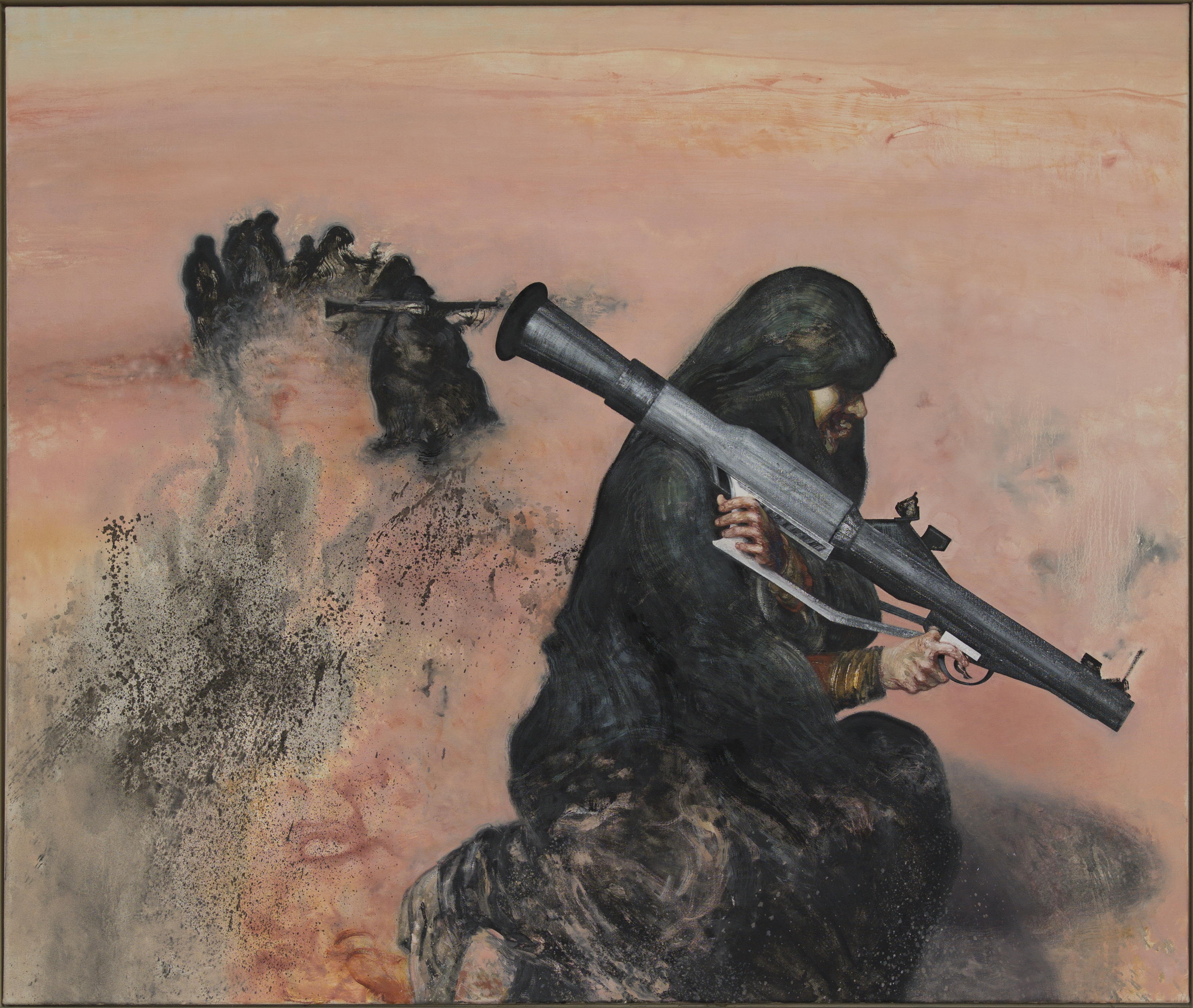
My favourite painting: Dr Kate Pretty
Dr Kate Pretty, founder of the Young Archaeologists' Club and former principal of Homerton College, Cambridge, chooses Gulf Women Prepare
Sign up for the Country Life Newsletter
Exquisite houses, the beauty of Nature, and how to get the most from your life, straight to your inbox.
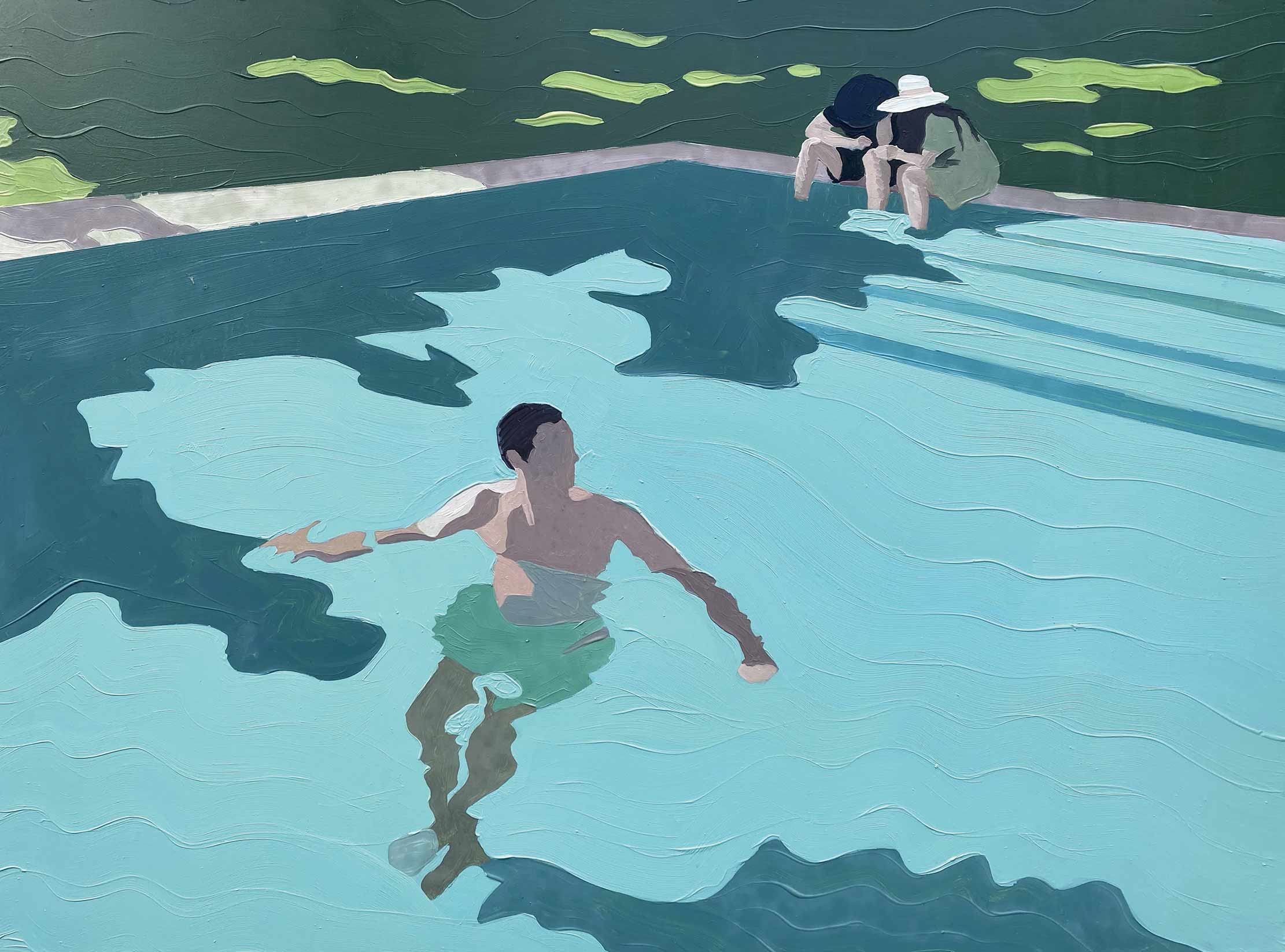
My Favourite Painting: Virginia Chadwyck-Healey
Stylist and writer Virginia Chadwyck-Healey chooses an image that she first came across during lockdown.
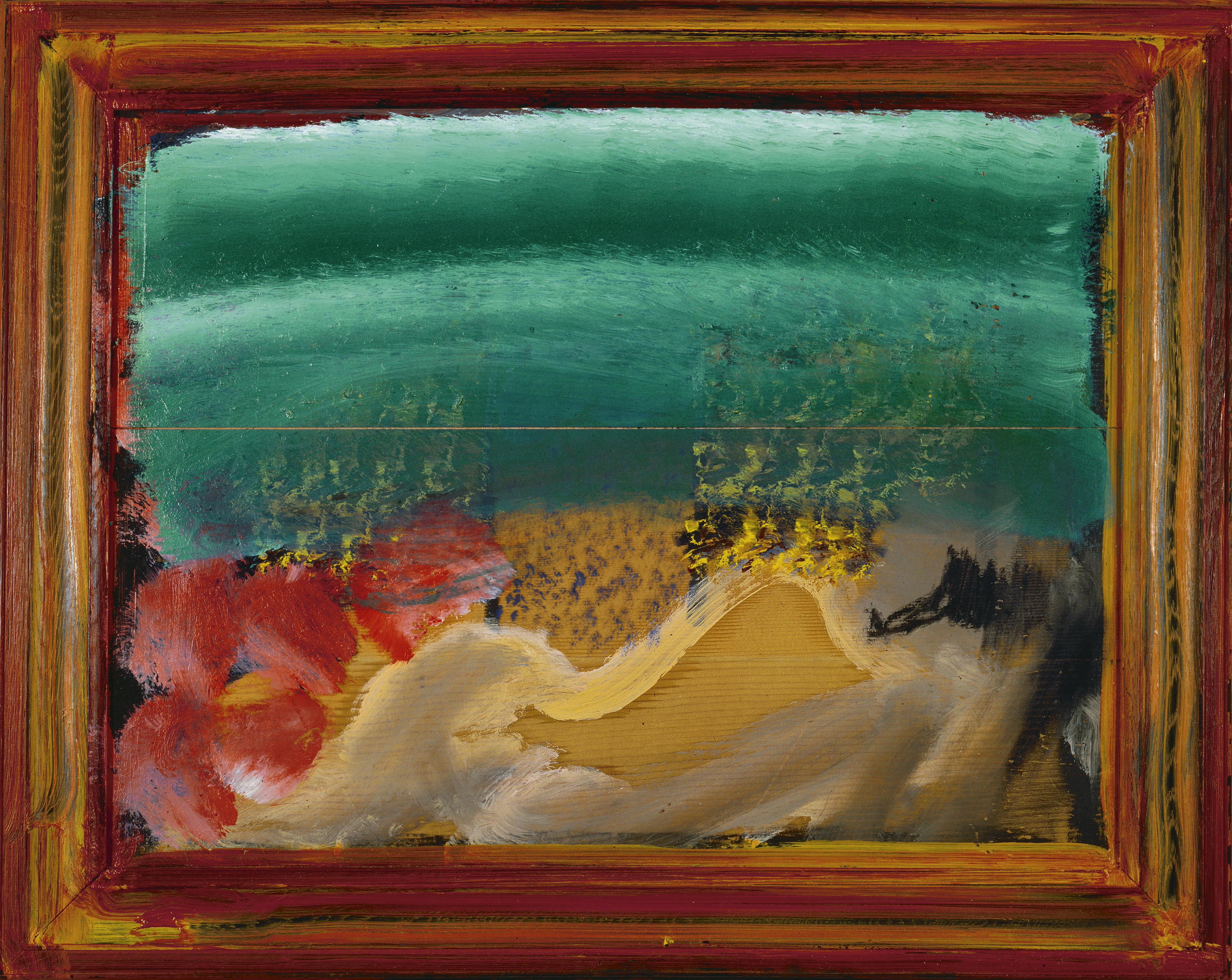
Credit: Howard Hodgkin, DACS / Artimage 2021
My favourite painting: Martin Brudnizki
Interior designer Martin Brudnizki chooses Waking Up in Naples by Howard Hodgkin.
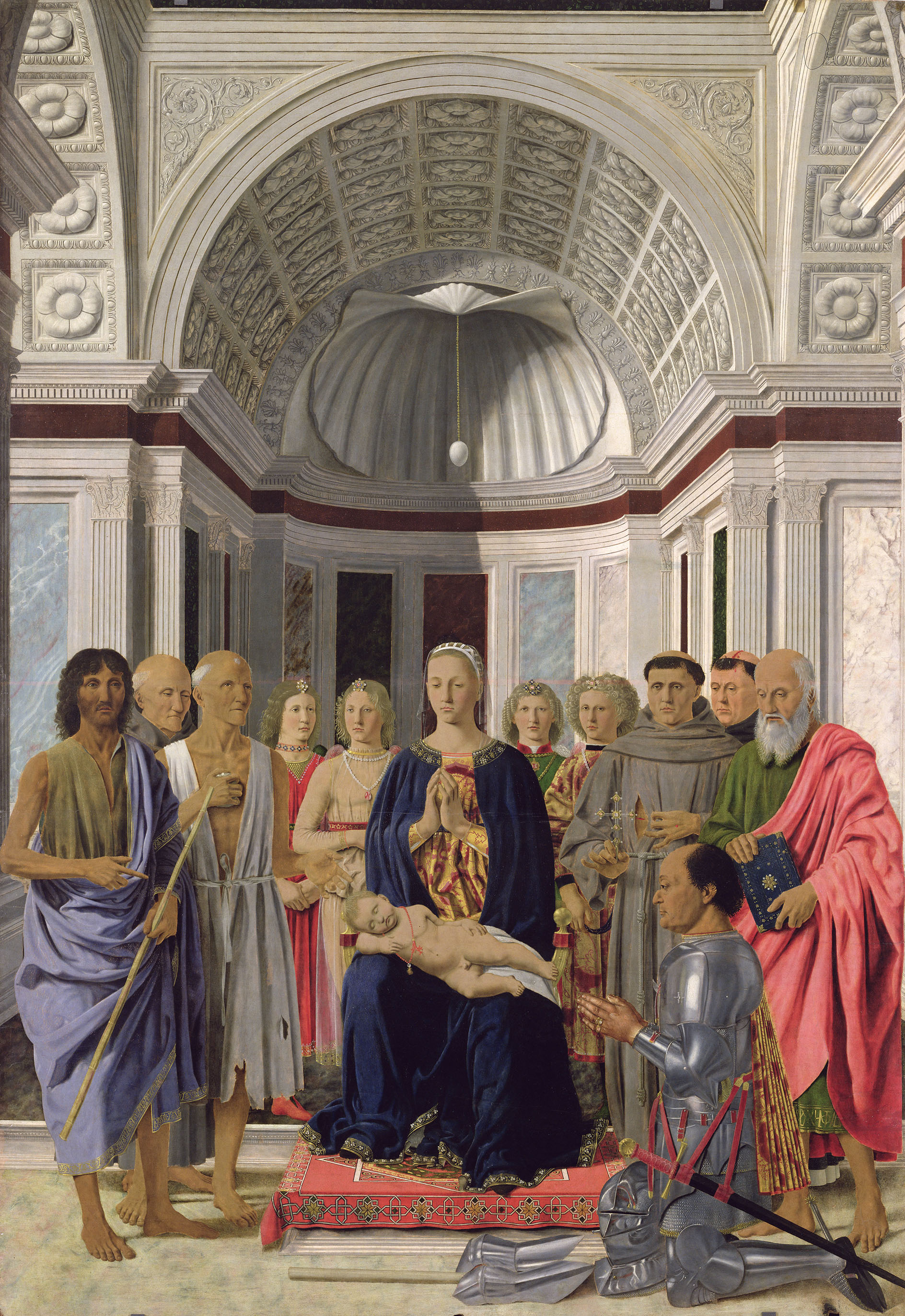
My favourite painting: Timothy Mowl
Timothy Mowl chooses The Brera Altarpiece by Piero della Francesca, a piece which he calls 'The Early Renaissance at its
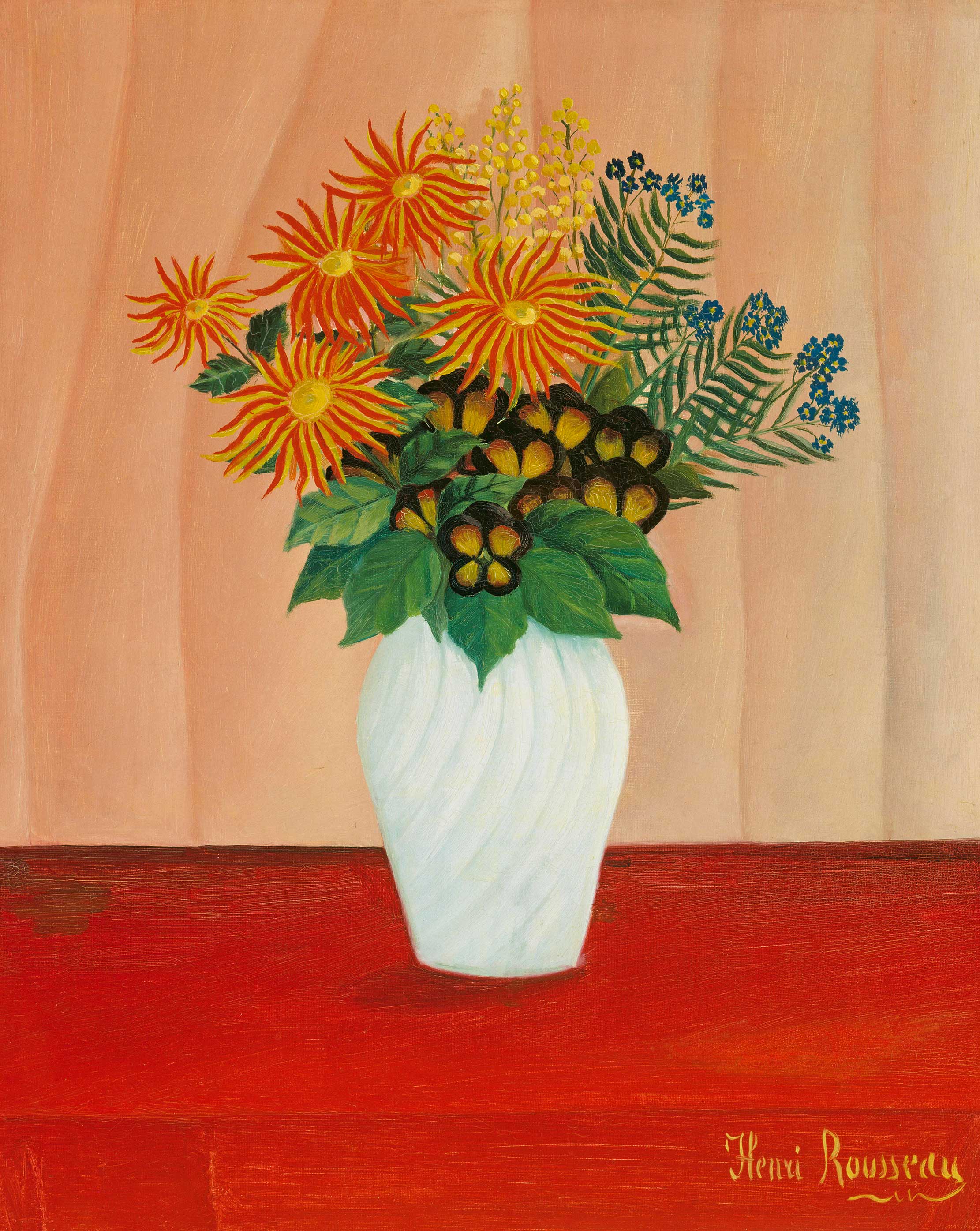
My favourite painting: Charlie McCormick
Charlie McCormick makes his choice: a Henri Rousseau classic.
Country Life is unlike any other magazine: the only glossy weekly on the newsstand and the only magazine that has been guest-edited by HRH The King not once, but twice. It is a celebration of modern rural life and all its diverse joys and pleasures — that was first published in Queen Victoria's Diamond Jubilee year. Our eclectic mixture of witty and informative content — from the most up-to-date property news and commentary and a coveted glimpse inside some of the UK's best houses and gardens, to gardening, the arts and interior design, written by experts in their field — still cannot be found in print or online, anywhere else.
-
 'Monolithic, multi-layered and quite, quite magnificent. This was love at first bite': Tom Parker Bowles on his lifelong love affair with lasagne
'Monolithic, multi-layered and quite, quite magnificent. This was love at first bite': Tom Parker Bowles on his lifelong love affair with lasagneAn upwardly mobile spaghetti Bolognese, lasagne al forno, with oozing béchamel and layered meaty magnificence, is a bona fide comfort classic, declares Tom Parker Bowles.
By Tom Parker Bowles
-
 Country houses, cream teas and Baywatch: Country Life Quiz of the Day, April 24, 2025
Country houses, cream teas and Baywatch: Country Life Quiz of the Day, April 24, 2025Thursday's Quiz of the Day asks exactly how popular Baywatch became.
By Toby Keel
-
 'As a child I wanted to snuggle up with the dogs and be part of it': Alexia Robinson chooses her favourite painting
'As a child I wanted to snuggle up with the dogs and be part of it': Alexia Robinson chooses her favourite paintingAlexia Robinson, founder of Love British Food, chooses an Edwin Landseer classic.
By Charlotte Mullins
-
 The Pre-Raphaelite painter who swapped 'willowy, nubile women' for stained glass — and created some of the best examples in Britain
The Pre-Raphaelite painter who swapped 'willowy, nubile women' for stained glass — and created some of the best examples in BritainThe painter Edward Burne-Jones turned from paint to glass for much of his career. James Hughes, director of the Victorian Society, chooses a glass masterpiece by Burne-Jones as his favourite 'painting'.
By Charlotte Mullins
-
 'I can’t look away. I’m captivated': The painter who takes years over each portrait, with the only guarantee being that it won't look like the subject
'I can’t look away. I’m captivated': The painter who takes years over each portrait, with the only guarantee being that it won't look like the subjectFor Country Life's My Favourite Painting slot, the writer Emily Howes chooses a work by a daring and challenging artist: Frank Auerbach.
By Toby Keel
-
 My Favourite Painting: Rob Houchen
My Favourite Painting: Rob HouchenThe actor Rob Houchen chooses a bold and challenging Egon Schiele work.
By Charlotte Mullins
-
 My Favourite Painting: Jeremy Clarkson
My Favourite Painting: Jeremy Clarkson'That's why this is my favourite painting. Because it invites you to imagine'
By Charlotte Mullins
-
 The chair of the National Gallery names his favourite from among the 2,300 masterpieces — and it will come as a bit of a shock
The chair of the National Gallery names his favourite from among the 2,300 masterpieces — and it will come as a bit of a shockAs the National Gallery turns 200, the chair of its board of trustees, John Booth, chooses his favourite painting.
By Toby Keel
-
 'A wonderful reminder of what the countryside could and should be': The 200-year-old watercolour of a world fast disappearing
'A wonderful reminder of what the countryside could and should be': The 200-year-old watercolour of a world fast disappearingChristopher Price of the Rare Breed Survival Trust on the bucolic beauty of The Magic Apple Tree by Samuel Palmer, which he nominates as his favourite painting.
By Charlotte Mullins
-
 My favourite painting: Andrew Graham-Dixon
My favourite painting: Andrew Graham-Dixon'Lesson Number One: it’s the pictures that baffle and tantalise you that stay in the mind forever .'
By Country Life